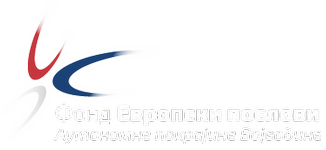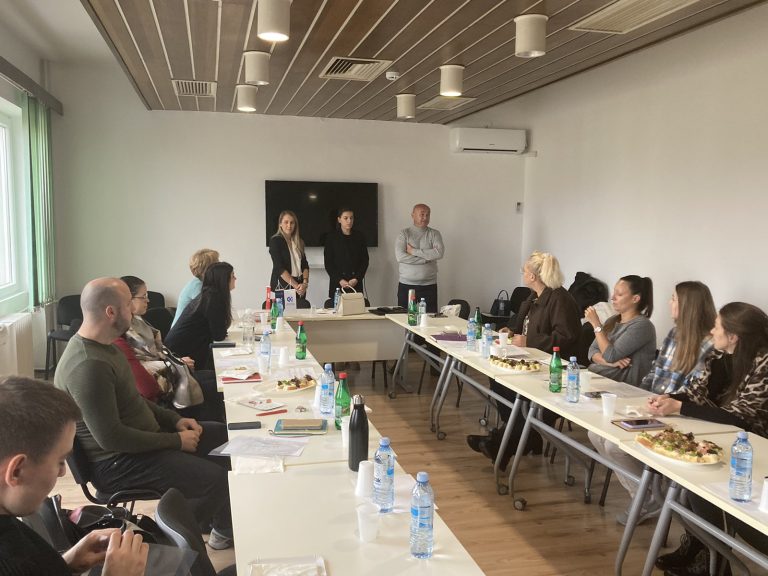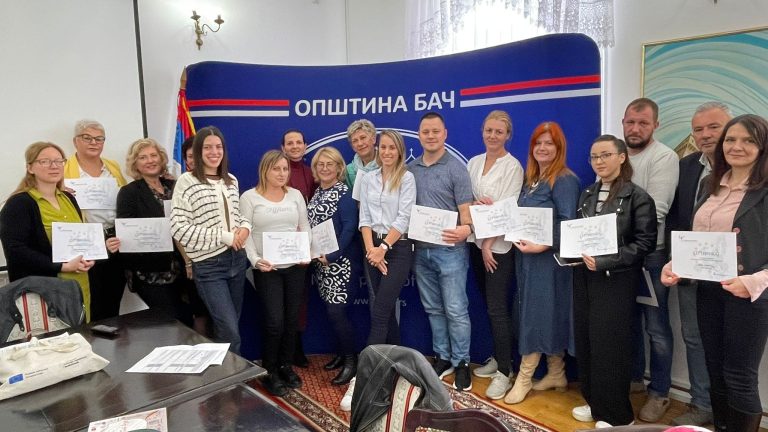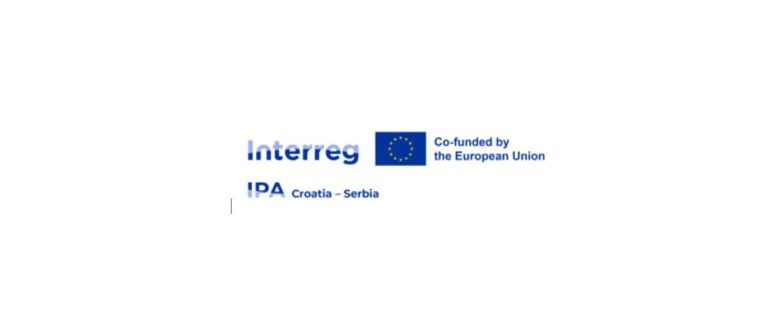Let’s overcome borders: The new cycle of the Creative Europe programme – an opportunity for cultural organizations, institutions and artists from Serbia
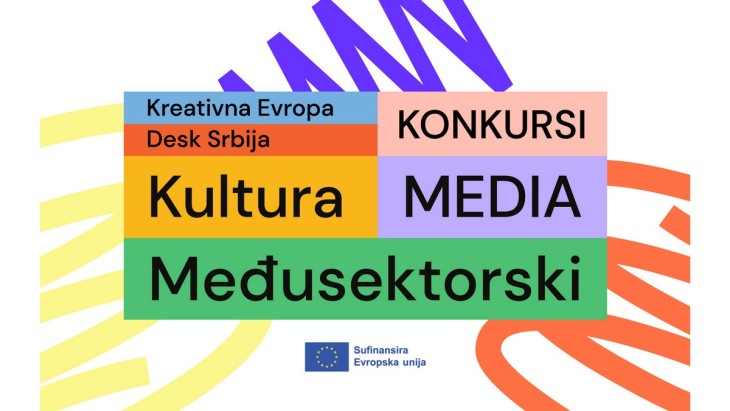
Museums, cinemas, archives, galleries, theaters, but also organizations dealing with different arts – performing arts, music, heritage, cultural heritage, as well as publishers, promoters of literary works, dance artists, innovators of cultural content – just to name a few of those for whom the competition of the Creative Europe programme was created.
Creative Europe is the main programme of the European Union which provides financial support to institutions and organizations in the field of culture in order to preserve, develop and promote European cultural and linguistic diversity, as well as heritage, and improve the competitiveness and economic potential of cultural, and especially audiovisual, activities.
“According to the official data of the European Commission, Serbia is included among the most successful countries in terms of the number of applicants and the number of approved projects within the Creative Europe programme. Summarizing the previous two years, in 2021, through the Creative Europe programme, 41 project ideas were supported with a total amount of 2,861,678.70 euros that organizations from Serbia received that year. In the following year, 2022, 68 projects were supported, and through the Creative Europe programme, the total financial support for organizations from Serbia amounted to 5,565,240.00 euros. So far, this year, 40 projects with a total value of almost 1.4 million euros have been supported,” said Vuk Radulović, head of the Creative Europe Desk Serbia.
At this moment, 17 call for proposals have been opened, and the budget has been increased.
“Building on the experience of the previous cycle, from 2021 the current programme connects a larger number of countries and has a budget of 2.44 billion euros, which has been increased by 50% compared to the previous programme. It is divided into three subprograms – Culture, which covers all areas of culture and art, MEDIA, which covers audiovisual activities, and Cross-sectoral connection, which enables cooperation between different creative areas, covering, among other things, the area of information and media,” explains project manager Milica Rašković.
In the coming years, the special focus of the Creative Europe programme will be directed towards the department’s recovery from the pandemic crisis, the strengthening of digital transformation and ecological sustainability, thus contributing to greater resilience and inclusiveness of action in the field of culture.
“The projects are evaluated by independent evaluators and there is a whole timeline where you can see when you will get the results and when you will sign the contract.” So, if you want to raise the quality of your content, introduce certain innovations, see how they do it in other countries or share some of your good practices with other countries in Europe, this is the right opportunity for you,” adds Rašković.
In addition, competitions within the three subprograms open up new EU opportunities for organizations, institutions and individuals in Serbia.
“By strengthening the scene on the territory of the entire country, we achieve long-term results; encourage decentralization and even development in culture in Serbia.” Creative Europe Desk Serbia will also in the coming period provide all the necessary assistance to organizations from Serbia that plan to apply for Creative Europe calls and in this connection will organize events aimed at increasing the capacity of our organizations and increasing the visibility of Creative Europe calls in our country,” concludes Radulović.
Currently, 17 call for proposals are open, which you can find more information about on the Creative Europe Desk website, as well as on the Funding&tender opportunities website, from where the application for that programme is launched.
